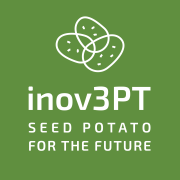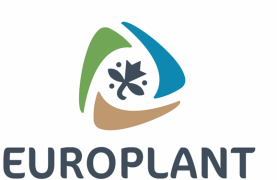Abstract
Adoption of high-yielding, early maturing and drought-resistant varieties is a good adaptation strategy to cope with the adverse effects of climatic events like frequent occurrence of drought and heat stress. Kufri Pukhraj, an early bulking cultivar that is, drought tolerant and moderately resistant to late blight, is the most popular potato variety in India, covering 33% of total potato area. This paper assesses the gross returns from the investment in Kufri Pukhraj using the economic surplus method in a closed economy condition at all-India level. Time-series published data from various sources have been used in this study. A total of 41-year period (1978–2018) is considered to estimate the benefits in an ex-post framework using actual data. The analysis of varietal diversity of potato revealed that 11 out of 66 varieties are most popular and share about 75% of total potato area in India. These varieties are early-to-medium maturing and medium-to-high tolerant to drought. The findings show that R&D investment on Kufri Pukhraj has led to enormous benefits to both consumers and producers. The total surplus accrued to economy is estimated as Rs 540,840 million during 1978 to 2018. The net present value of returns was Rs 157,720 million and Rs 63,600 million at 5% and 8%, respectively. The study has found internal rates of return of 48%, which is a good rate of returns. Sensitivity analyses also showed good returns, with total economic surplus ranging from Rs 293,220 million to Rs 814,950 and internal rates of return ranging between 45 and 50%. Results imply that the investment in R&D of Kufri Pukhraj has proven to be successful and beneficial in India. The study recommends that other popular varieties equipped with other traits should be evaluated for shaping future research policies of potato.















